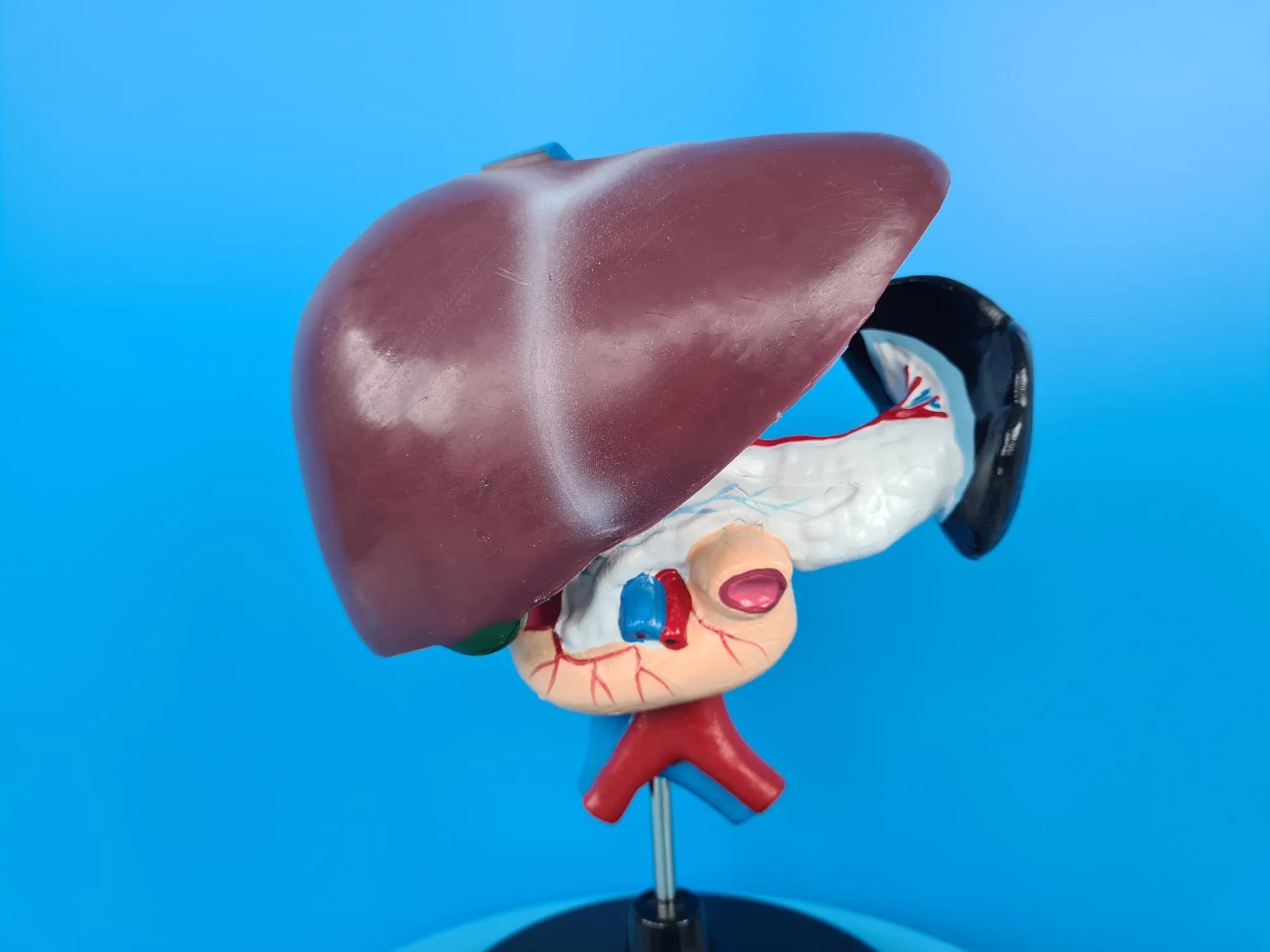In what can be described as a groundbreaking discovery, a comprehensive study just published in the Journal of Ethnopharmacology has shed new light on the protective effects of total saponins extracted from the traditional Chinese medicinal herb Abrus cantoniensis Hance (AC) against acetaminophen (APAP)-induced liver injury. Under the DOI 10.1016/j.jep.2024.117740, this groundbreaking research has provided experimental validation and clinical insight into the potential of these saponins to treat a condition commonly faced by millions globally.
Background of the Study
Acetaminophen, widely known for its analgesic and antipyretic properties, is a common cause of drug-induced liver injury (DILI) when consumed in excessive amounts. Over the years, there has been a growing interest in herbal medicines as potential treatments for various forms of liver injury, including DILI. Abrus cantoniensis Hance, used for the treatment of hepatitis in Chinese medicine, contains total saponins (ACS), a compound known for its triterpenoid saponins with protective properties against liver injuries.
The Research Methodology
Led by He Jiali and Chen Leping, along with their colleagues from Southern Medical University, Guangzhou, the research team set out to understand the detailed mechanisms through which ACS could influence liver injury induced by APAP. Employing network pharmacology, they identified potential targets from online databases and constructed a “compound-target” network using Cytoscape software. In-depth analyses, including Gene ontology (GO) and Kyoto Encyclopedia of Genes and Genomes (KEGG), were used to identify relevant signaling pathways that ACS might affect. One standout tool in the study was the use of AutoDock Vina, which helped evaluate the affinity between bioactive ACS compounds and key targets in the body.
By combining the results of network pharmacology with a series of rigorous in vitro (cell culture) and in vivo (animal model) experiments, the researchers thoroughly assessed the impact of ACS on liver damage. The suite of techniques used included cell viability assays, detection of transaminase activity (marker enzymes for liver damage), immunofluorescence assay, immunohistochemistry staining, RT-qPCR, and western blotting.
Groundbreaking Findings
The study identified 25 active ACS compounds and 217 targets, with 94 targets being potential candidates for treating APAP-induced liver injury. The GO and KEGG analyses suggested that ACS could mitigate liver injury effects by suppressing inflammatory responses, oxidant stress, and apoptosis pathways.
Core active compounds in ACS were able to dock successfully with core targets, such as CASP3, BCL2L1, MAPK8, MAPK14, PTGS2, and NOS2, indicating a significant interaction between the compounds and these proteins involved in liver injury. The paper presented experimental findings that ACS reduced transaminase activities and attenuated apoptosis in liver cells.
Data from the in vivo studies showed that ACS lessened pathological changes in APAP-treated mice livers and mitigated inflammatory responses. Additionally, ACS showed a downregulation of iNOS and COX2, both involved in the inflammation process, Caspase-3, a key protein in apoptosis, and upregulated Bcl-2, a critical anti-apoptotic protein. Significantly, ACS also had an inhibitory effect on the MAPK signaling pathway, known to play a role in the development of liver injury.
Implications of the Study
This pioneering research paves the way for new treatment options for patients suffering from APAP-induced liver damage. It proposes that traditional herbal treatments like Abrus cantoniensis could be effective alternatives or complements to current pharmacological therapies.
The practical application of these findings could revolutionize the management of drug-induced liver injuries and highlight the importance of integrating ethnopharmacology with modern clinical approaches. Furthermore, it reaffirms the value of traditional Chinese medicine and provides a scientific basis for its continued use in modern medicinal practice.
The Future of Hepatoprotective Drugs
The authors optimistically conclude that ACS holds considerable promise as a hepatoprotective agent. They emphasize, however, that further clinical studies are necessary to validate its efficacy and safety in humans.
As we look towards future research in this exciting intersection of traditional medicine and modern pharmacology, it is clear that discoveries like these are just the beginning. Researchers and clinicians alike are eager to translate such findings into real-world treatments that could significantly impact global health.
References
To safeguard accuracy and enable further exploration, here are five references used within the study that readers or professionals may find useful:
1. AutoDock Vina: Trott, O., & Olson, A. J. (2010). AutoDock Vina: improving the speed and accuracy of docking with a new scoring function, efficient optimization, and multithreading. Journal of computational chemistry, 31(2), 455-461.
2. Network pharmacology approach: Hopkins, A. L. (2008). Network pharmacology: the next paradigm in drug discovery. Nature chemical biology, 4(11), 682-690.
3. Gene ontology and KEGG pathway: Kanehisa, M., & Goto, S. (2000). KEGG: Kyoto Encyclopaedia of Genes and Genomes. Nucleic acids research, 28(1), 27-30.
4. CASP3 as a target for anti-apoptotic strategies: Porter, A. G., & Jänicke, R. U. (1999). Emerging roles of caspase-3 in apoptosis. Cell death and differentiation, 6(2), 99-104.
5. MAPK signaling pathway and liver diseases: Corcoran, G. B., & Wong, B. K. (1987). Role of glutathione in prevention of acetaminophen-induced hepatotoxicity by N-acetyl cysteine in rats: studies with N-acetyl-D-glucosaminidase. Toxicology and applied pharmacology, 87(3), 472-483.
Keywords
1. Acetaminophen-induced liver injury
2. Abrus cantoniensis hepatoprotection
3. Total saponins treatment
4. Network pharmacology liver damage
5. MAPK signaling pathway inhibitor
Declaration of competing interest
The authors declare that they have no known competing financial interests or personal relationships that could have appeared to influence the work reported in this paper.
